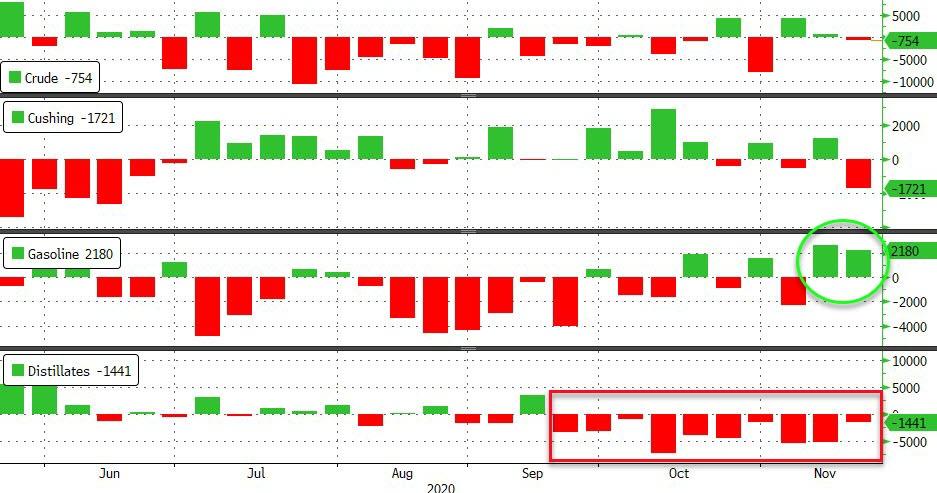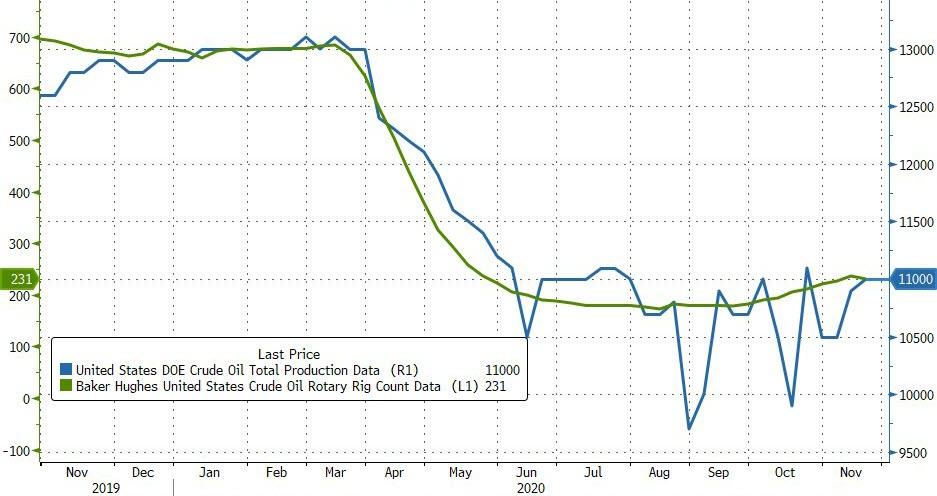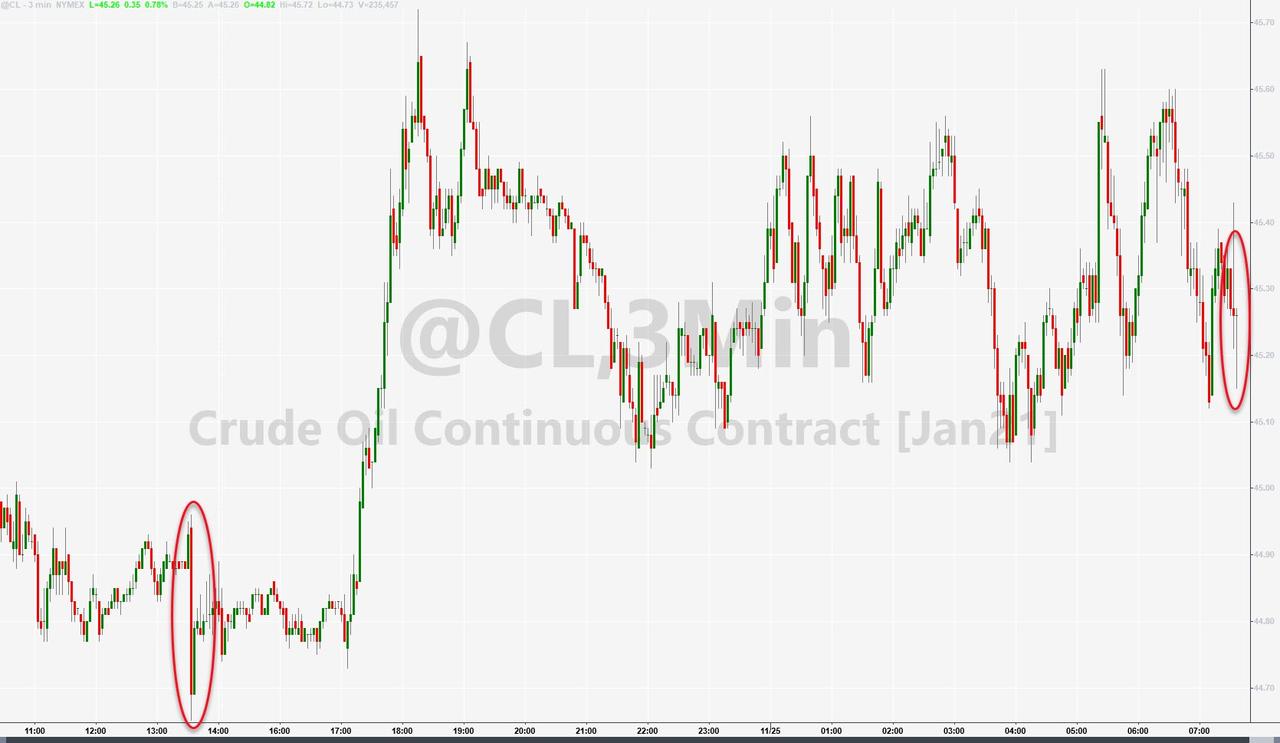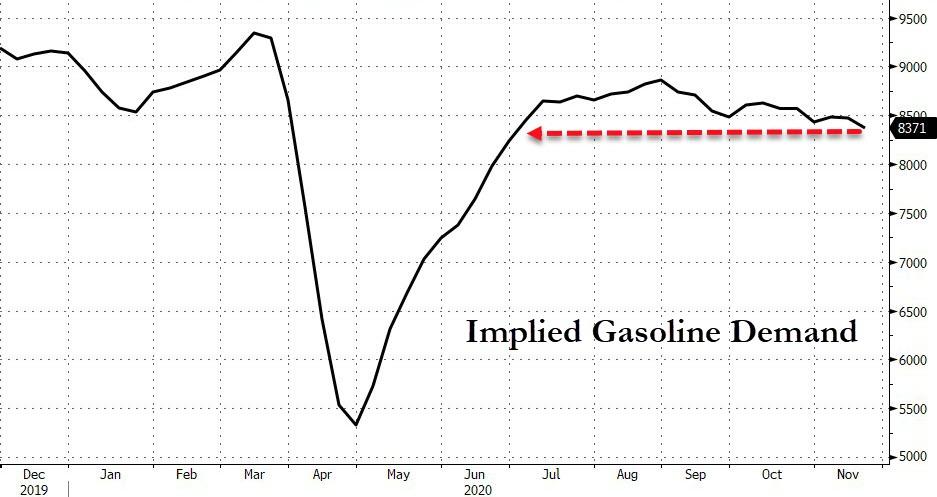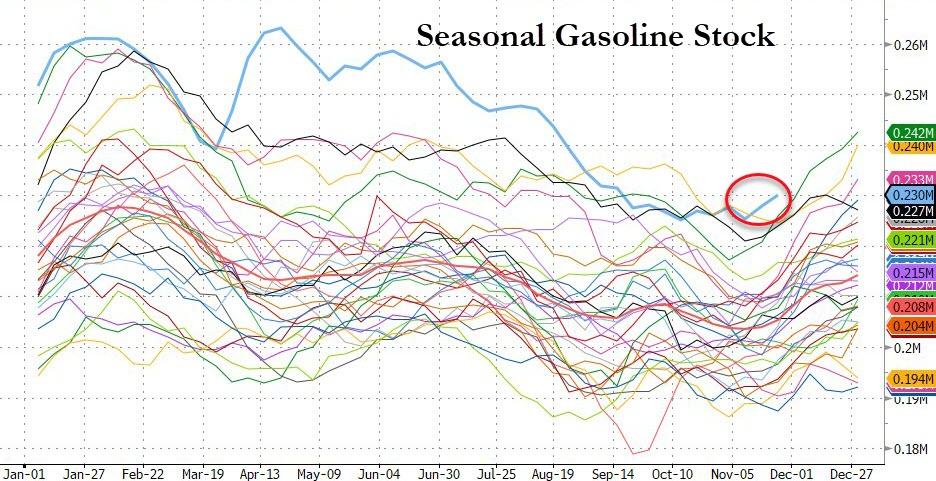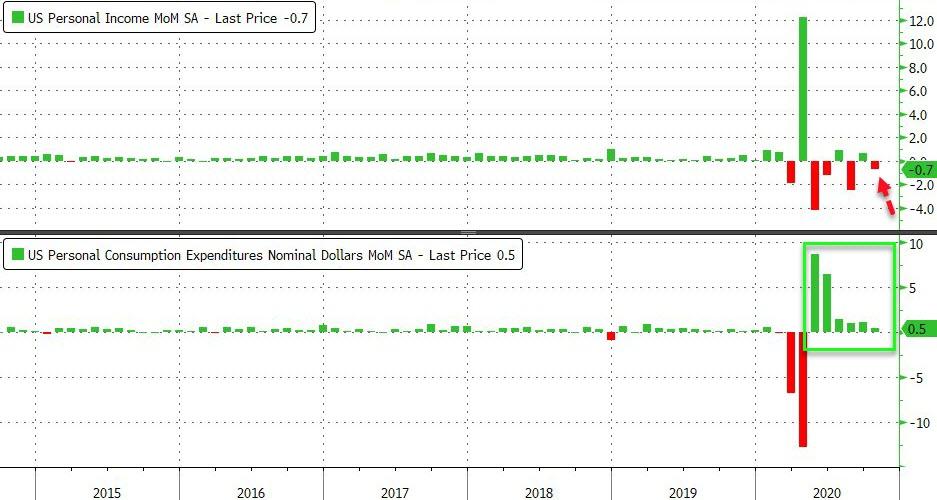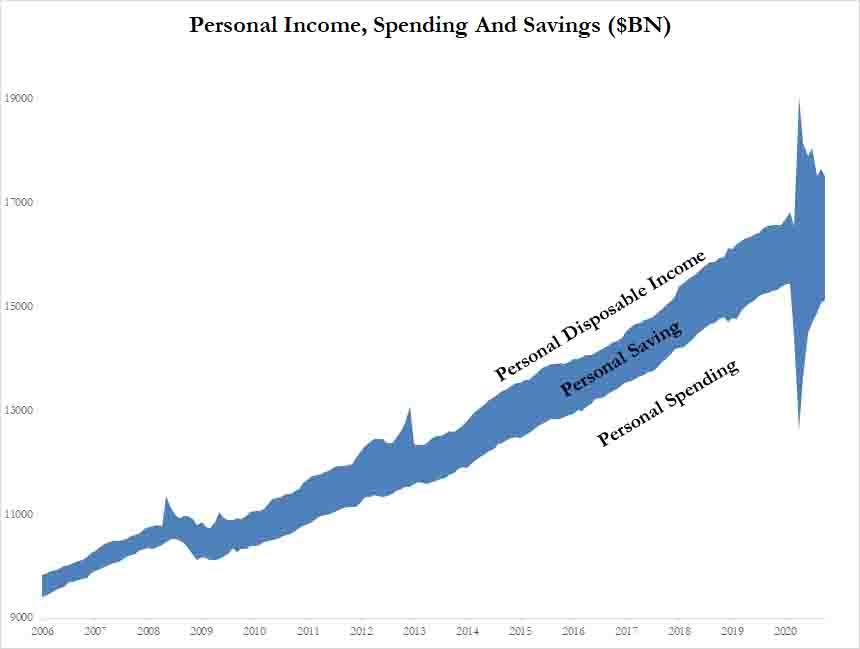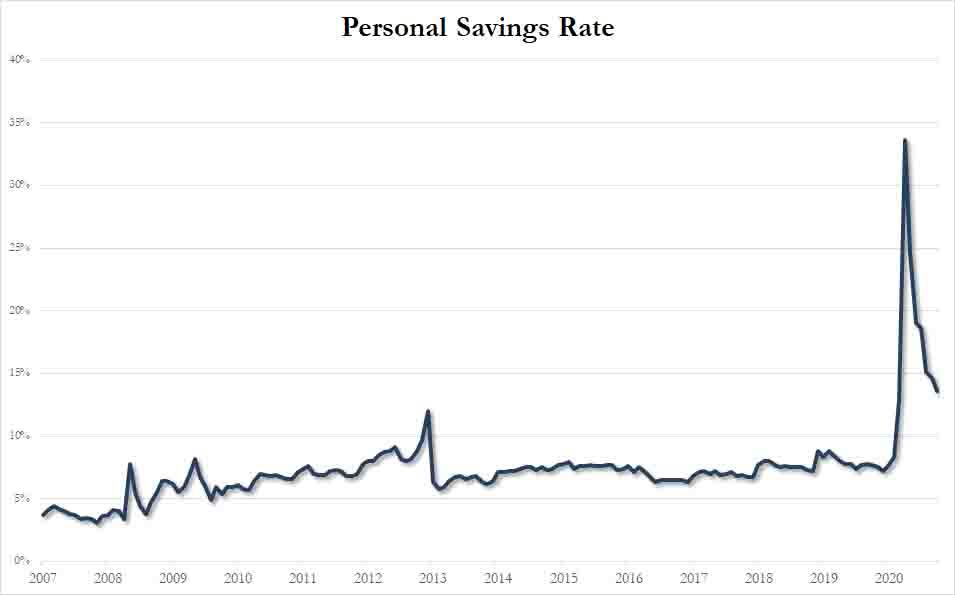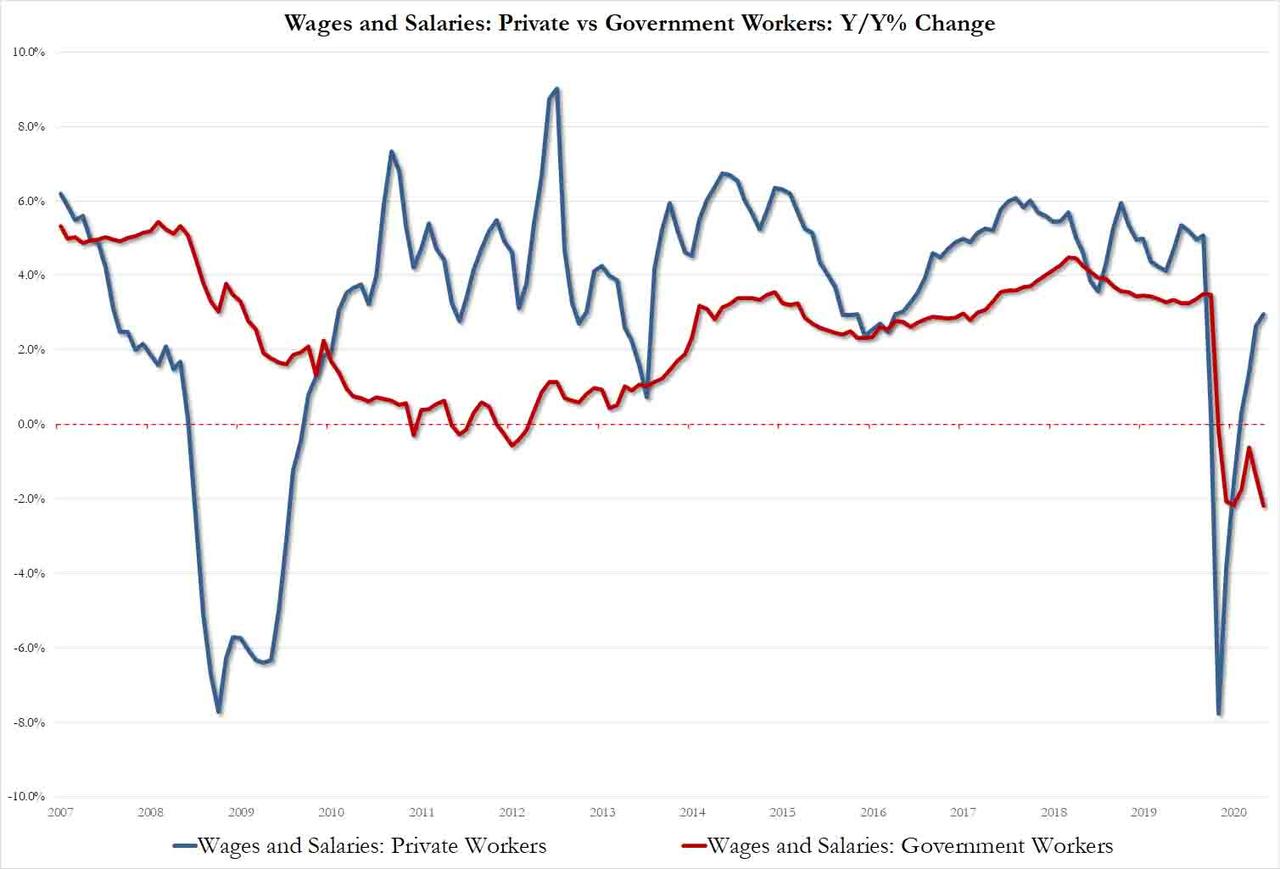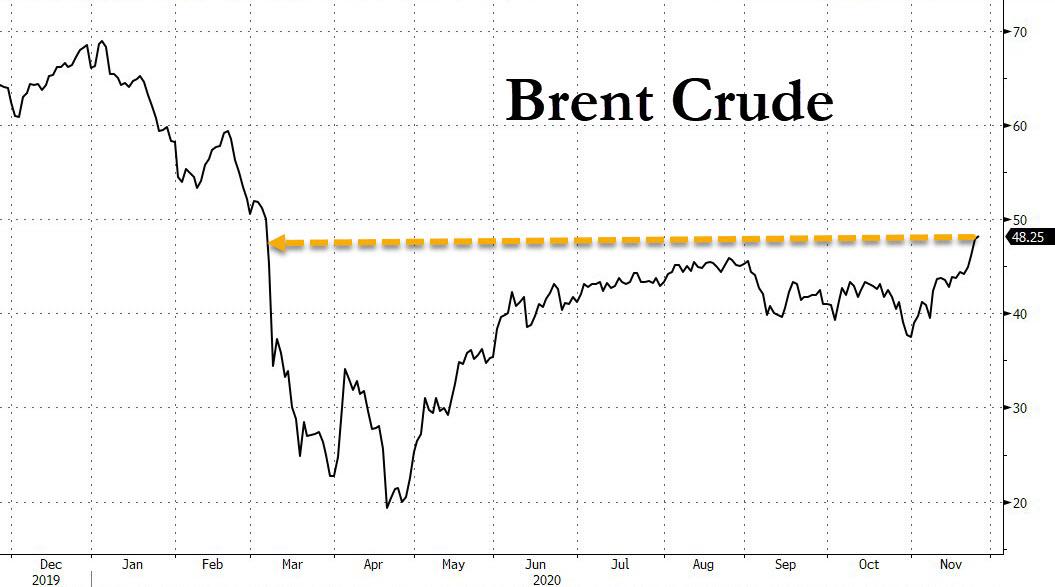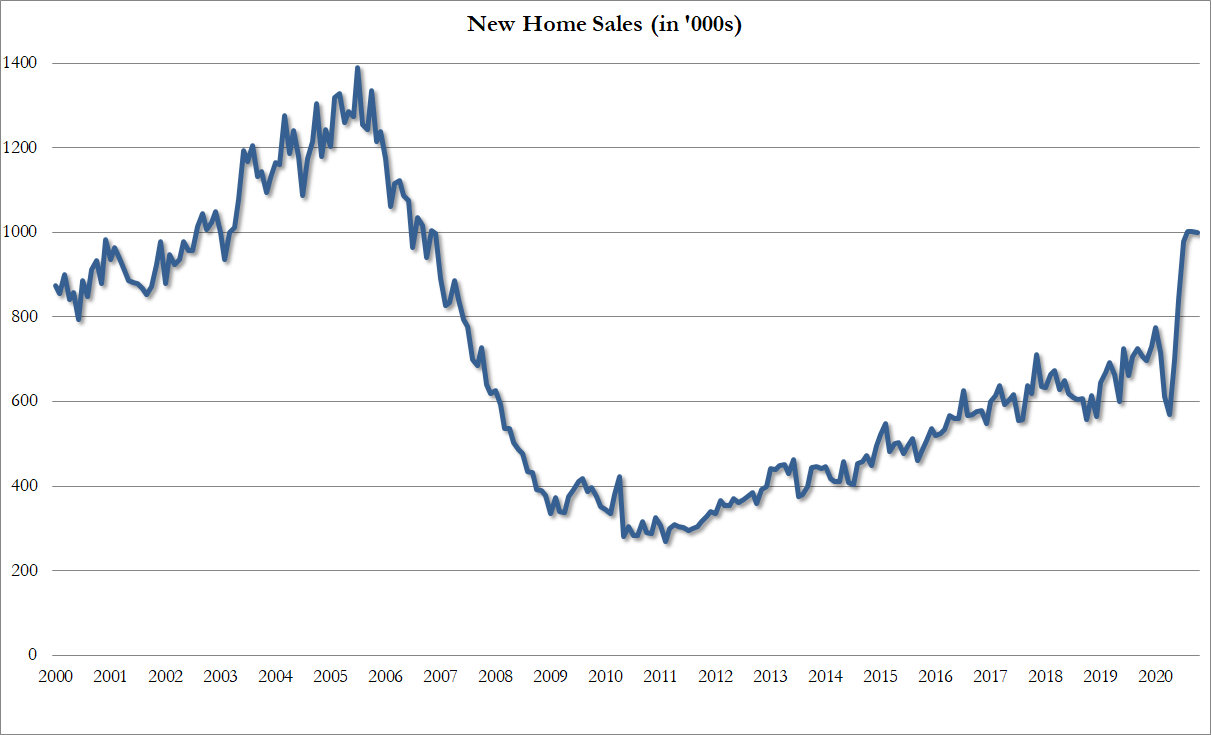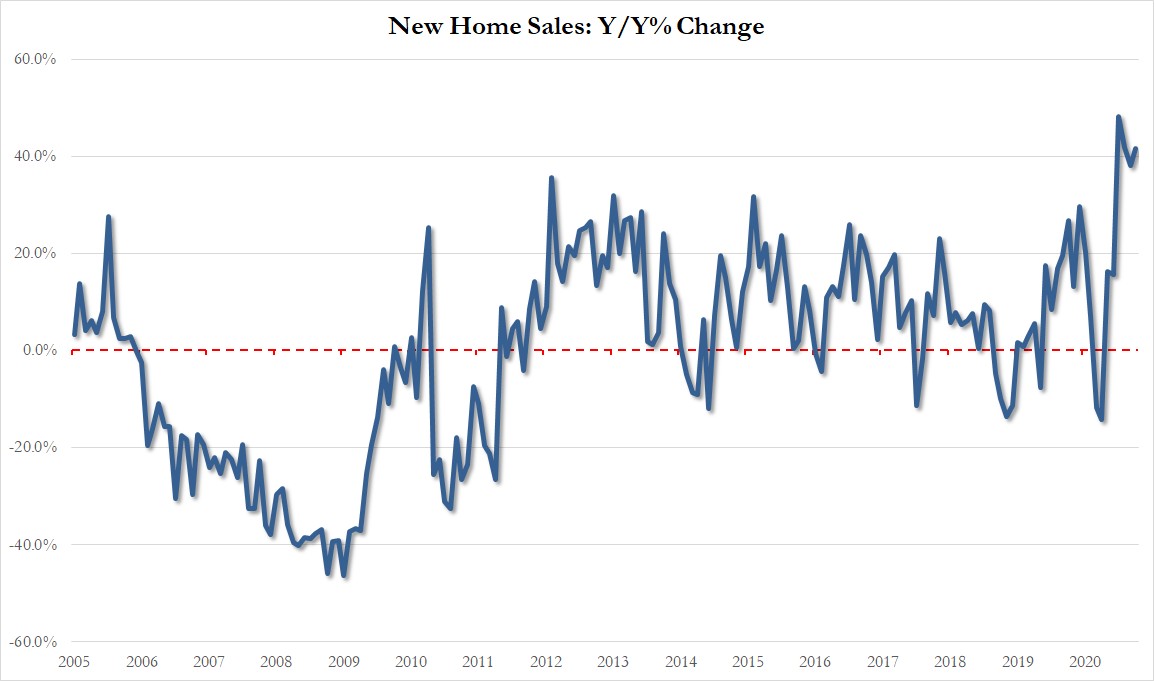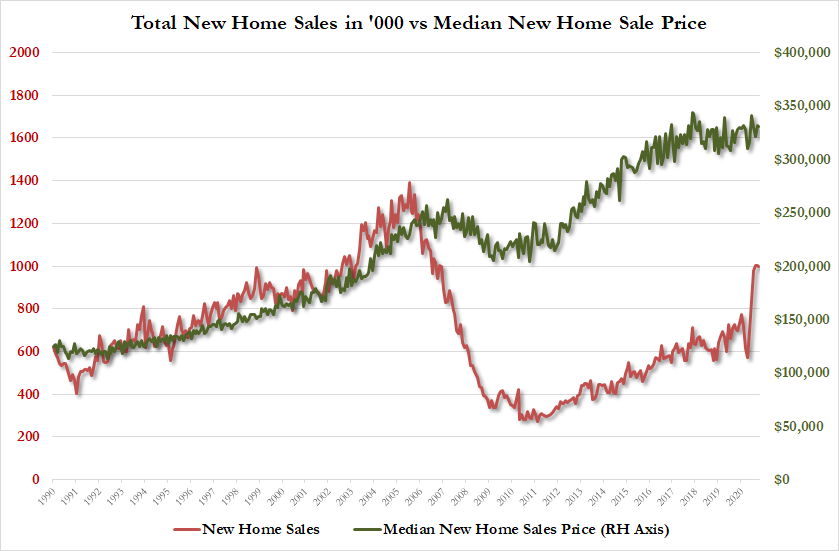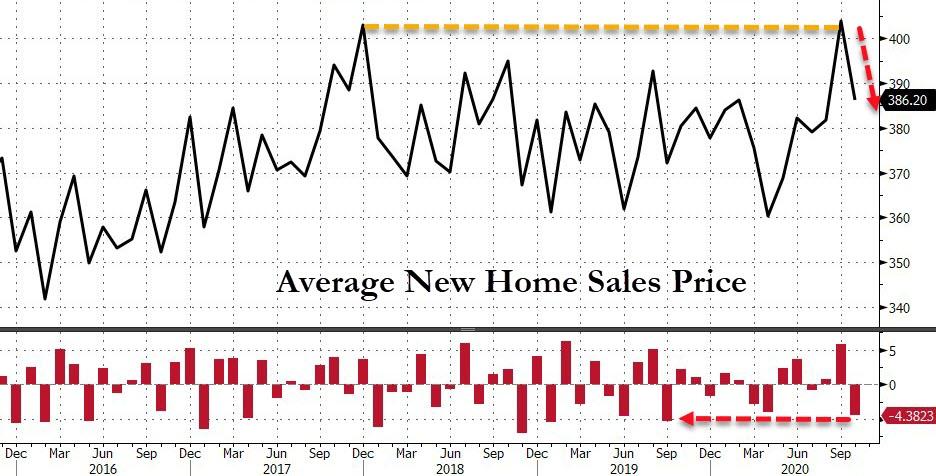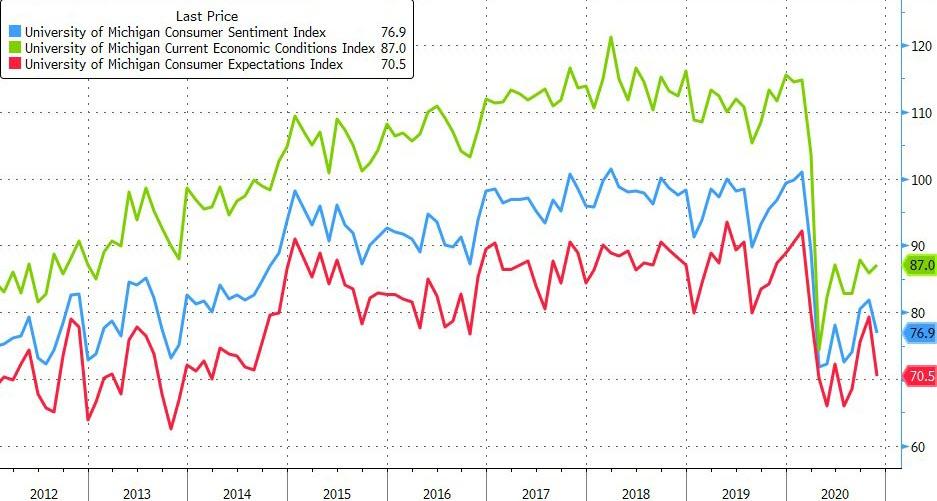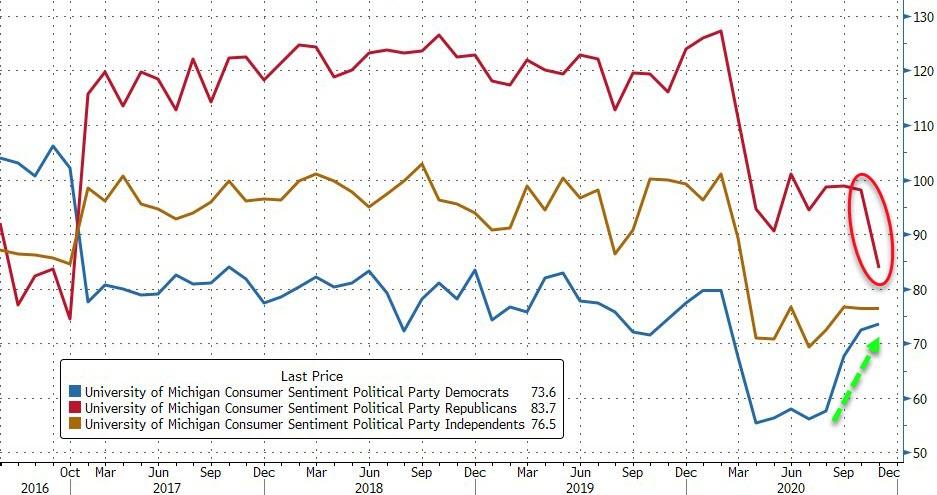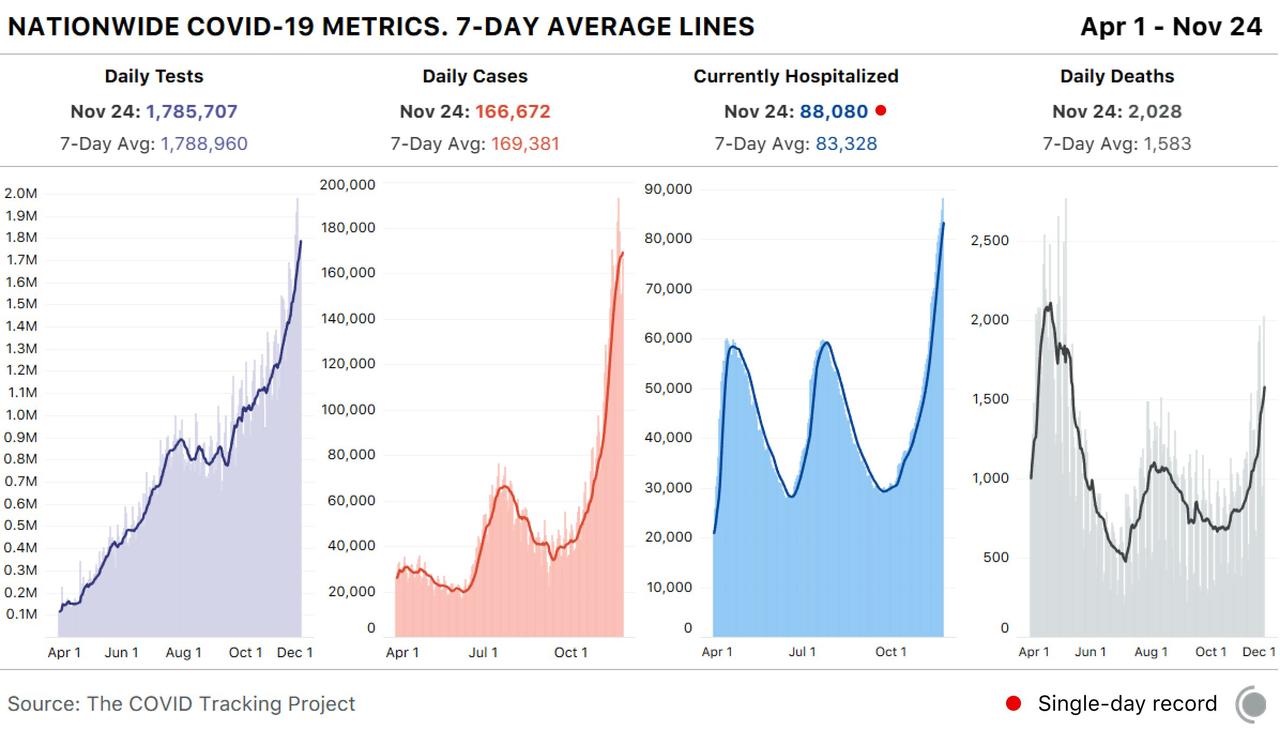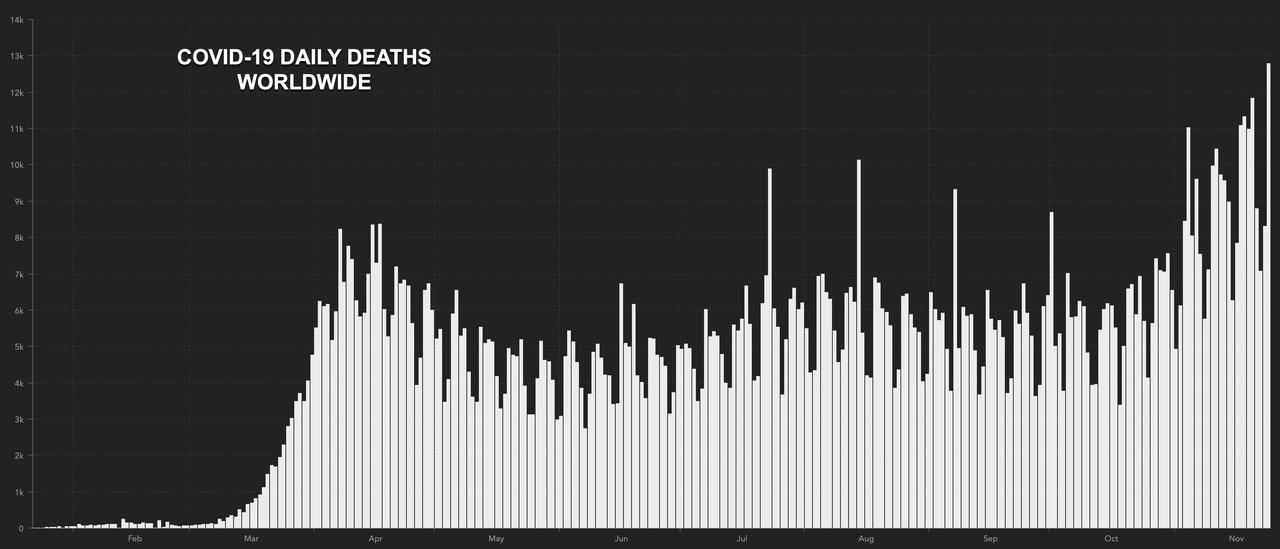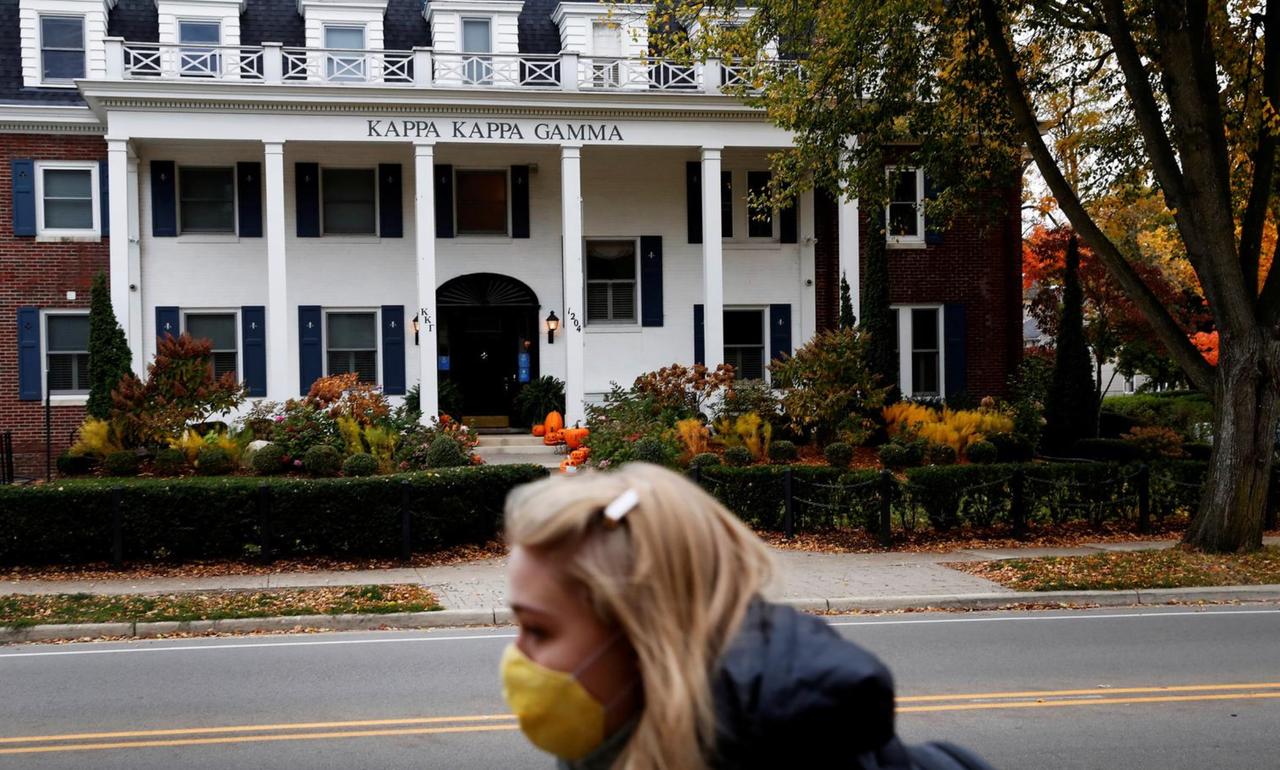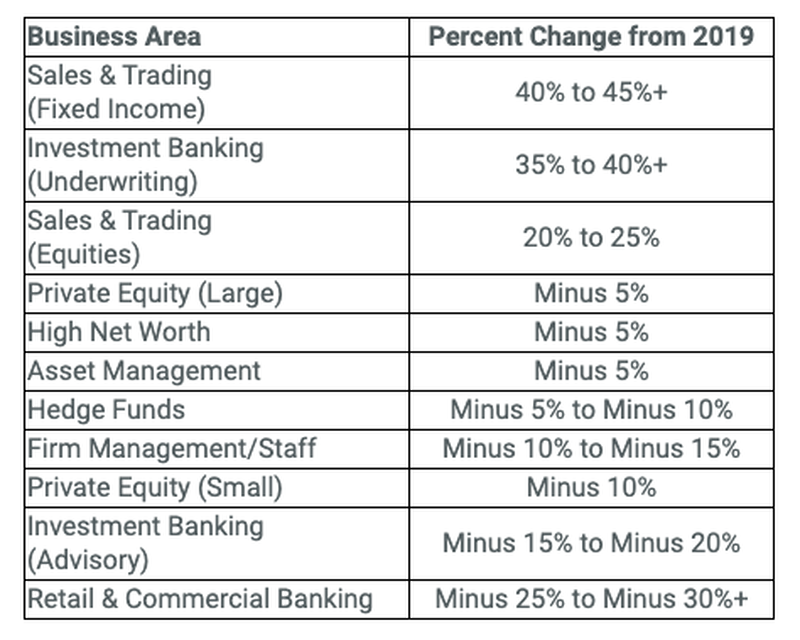By Michael Every of Rabobank
30,000 Dow, 20,000 Leagues
Dow 30,000! Dow 30,000! Dow 30,000! Dow 30,000! Dow 30,000! Dow 30,000! Dow 30,000! Dow 30,000! Dow 30,000! Dow 30,000! Dow 30,000! Dow 30,000! Dow 30,000! Dow 30,000! Dow 30,000! Dow 30,000! Dow 30,000! Dow 30,000! Dow 30,000! Dow 30,000! Dow 30,000! Dow 30,000! Dow 30,000! Dow 30,000! Dow 30,000! Dow 30,000! Dow 30,000! Dow 30,000! Dow 30,000! Dow 30,000! Dow 30,000! Dow 30,000! Dow 30,000! Dow 30,000! Dow 30,000! Dow 30,000! Dow 30,000! Dow 30,000! Dow 30,000! Dow 30,000! Dow 30,000! Dow 30,000! Dow 30,000! Dow 30,000! Dow 30,000! Dow 30,000! Dow 30,000! Dow 30,000! Dow 30,000! Dow 30,000! Dow 30,000! Dow 30,000! Dow 30,000! Dow 30,000! Dow 30,000! Dow 30,000! Dow 30,000! Dow 30,000! Dow 30,000! Dow 30,000! Dow 30,000! Dow 30,000! Dow 30,000! Dow 30,000! Dow 30,000! Dow 30,000! Dow 30,000! Dow 30,000! Dow 30,000! Dow 30,000! Dow 30,000! Dow 30,000! Dow 30,000! Dow 30,000! Dow 30,000!
Did I mention Dow 30,000?
The Dow – she is slightly more than 29,999.
The Dow is 10,000 above the number in the title of Jules Verne’s classic early sci-fi novel ’20,000 Leagues Under the Sea’.
The above more or less captures the breadth and depth of financial market coverage of ‘key events’ of the past 24 hours. As often repeated here, this is not an equity-focused Daily. However, clearly a US benchmark equity index passing into a whole new “DOW XX,XXX!” baseball-hat territory is worth mentioning. A little. Even President Trump, in-between court cases that still have what some election law experts describe as a ‘Hail Mary’ chance of prevailing, held an emergency press conference to announce the significance of the Dow development, which was very much in keeping with his equity-focused presidency.
So, 30,000. Wow. Who could ever have seen that coming at a time of infinite global central-bank liquidity?
Infamously, economists Hassett and Glassman published a book called “DOW 36,000” (no exclamation point) all the way back in 1999. Pop quiz: how many burst US bubbles ago was that? The book trumpeted that this goal would happen by 2002 or 2004. Maybe we will get there by 2022 or 2024…which economists may still try to call a win, because economists are funny like that. Inadvertently funny, but very much so. By the way, Hassett was Chairman of the Council of Economic Advisors under Trump from 2017-19; Glassman was Under Secretary of State for Public Diplomacy and Public Affairs from 2008-09, and from 2009-13, executive director of the George W Bush Institute (For Policymakers Who Can’t Forecast Good and Who Wanna Learn to Do Other Stuff Good Too).
But back down to 20,000 – leagues. There is a huge amount of important stuff still going on in the depths across geographies and geopolitics and markets. Massive global realignments and structural shifts are about to occur if Biden shifts policy, or if he continues on from what Trump was doing, or even if Trump somehow manages to prevail: that covers all bases.
Yet much of the media are opting to merely dip their toes in these deep, dark waters. For example, yesterday saw one US journalist tweet about Joe Biden’s socks as a contrast with George W. Bush’s.
Is this, along with “DOW XX,XXX!” really going to be the kind of analysis we see ahead? If so –and steel yourself for the incoming pun, folks– we are 20,000 Leagues above the ‘see’. Some will love that, while others will be feeling seasick.
At a tangent, I can see some parallels between Verne’s 1870 world of ‘20,000 Leagues Under the Sea’ and the late-2020 world of Dow 30,000.
- Verne’s hero is Captain Nemo. Yes, kids, the fishy Nemo you know today is a post-modern reference to classic 19th century French sci-fi: how about that? And Verne’s own use of Nemo was a translation from the Latin translation of the ancient Greek for “No man”, a reference to Odysseus’s escape after his clash with the Cyclops Polyphemus: how about that? Things that look modern can actually have very deep roots; and there is usually more going on under the surface than the child-friendly animation, and associated merchandising, we see.
- Verne’s iteration of Nemo travels the world’s seas in his futuristic submarine The Nautilus like a crypto libertarian of the kind looking at Bitcoin today and grinning: that after his homeland had been conquered and his family slaughtered by a powerful imperialist nation. (“I am not what is called a civilized man, Professor. I have done with society for reasons that seem good to me. Therefore, I do not obey its laws.”) He is chased down by navy vessels from the US in particular.
- The Nautilus has a battle with a giant squid: hasn’t the latter been used as a market metaphor by Matt Taibbi in recent years, and aren’t we hearing about a political Kraken from some (leftfield, or rather rightfield) quarters?
- Nemo also offers the following wise words: “…we cannot prevent equilibrium from producing its effects. We may brave human laws, but we cannot resist natural ones.”
Anyway, I need to come up for air, so let’s raise the periscope and see what’s up there…
Dow 30,000! Dow 30,000! Dow 30,000! Dow 30,000! Dow 30,000! Dow 30,000! Dow 30,000! Dow 30,000! Dow 30,000! Dow 30,000! Dow 30,000! Dow 30,000! Dow 30,000! Dow 30,000! Dow 30,000! Dow 30,000! Dow 30,000! Dow 30,000! Dow 30,000! Dow 30,000! Dow 30,000! Dow 30,000! Dow 30,000! Dow 30,000! Dow 30,000! Dow 30,000! Dow 30,000! Dow 30,000! Dow 30,000! Dow 30,000! Dow 30,000! Dow 30,000! Dow 30,000! Dow 30,000! Dow 30,000! Dow 30,000! Dow 30,000! Dow 30,000! Dow 30,000! Dow 30,000! Dow 30,000! Dow 30,000! Dow 30,000! Dow 30,000! Dow 30,000! Dow 30,000! Dow 30,000! Dow 30,000! Dow 30,000! Dow 30,000! Dow 30,000! Dow 30,000! Dow 30,000! Dow 30,000! Dow 30,000! Dow 30,000! Dow 30,000! Dow 30,000! Dow 30,000! Dow 30,000! Dow 30,000! Dow 30,000! Dow 30,000! Dow 30,000! Dow 30,000! Dow 30,000! Dow 30,000! Dow 30,000! Dow 30,000! Dow 30,000! Dow 30,000! Dow 30,000! Dow 30,000! Dow 30,000! Dow 30,000!
